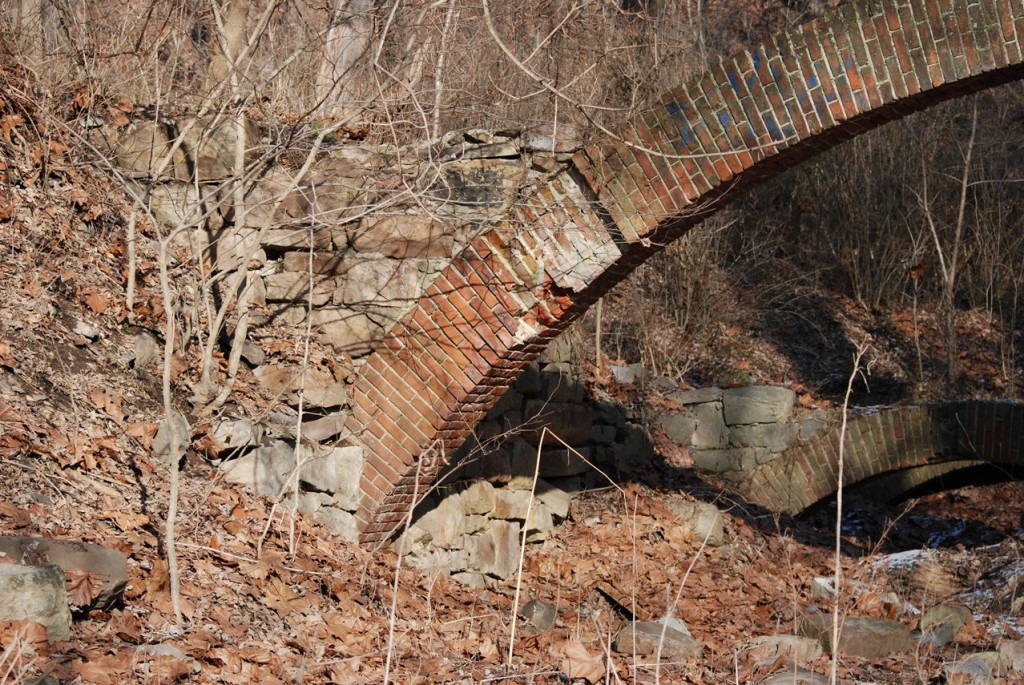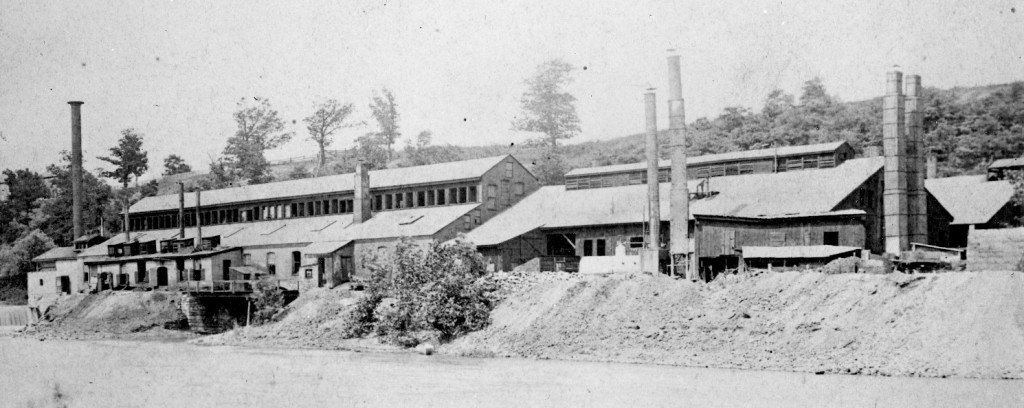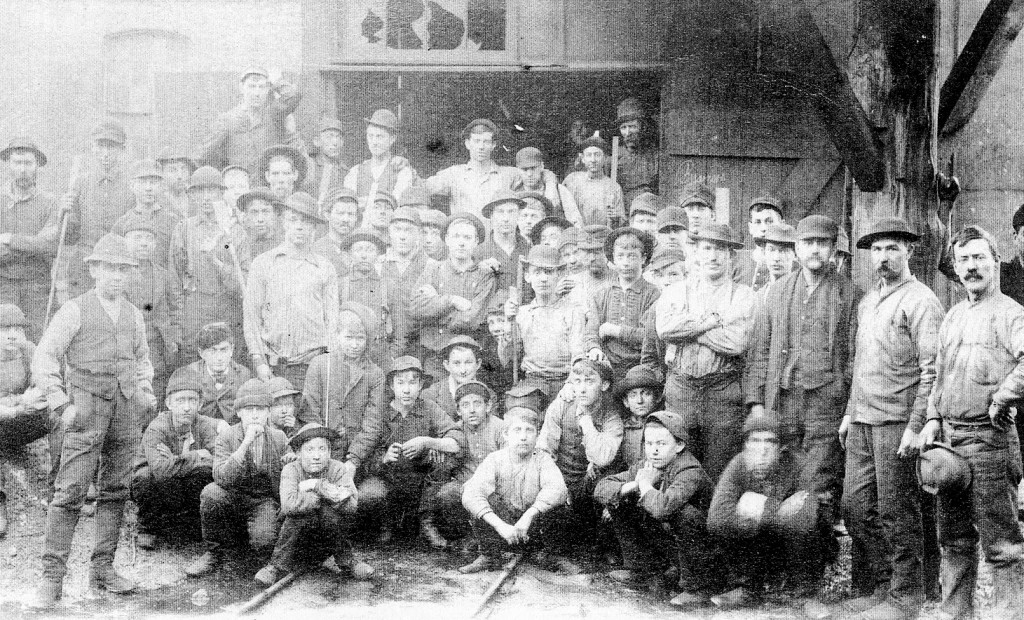by Jonathan Libbon, RPA
Perhaps no other theme in Pennsylvania’s history is more important than industry. With October being National Archaeology Month, it’s a great opportunity to highlight industrial archaeology in Pennsylvania. The archaeology of industrial sites focuses on the industrial process, the history of labor and management, and the artifacts and features that remain. Understanding the industrial past allows us to understand not only Pennsylvania’s past, but often our very own.
Industry. The word means something different to everyone. For some, it’s a way of life, for others it’s a way to describe blighted or abandoned areas. However you think or feel about industry, Pennsylvania has a rich industrial heritage. Many modern Pennsylvanians can trace their ancestors’ arrival in the Commonwealth to an opportunity at a Pittsburgh steel mill, a textile factory in Philadelphia, or a job in the coal fields. This industrial heritage is often ignored in favor of more glamorous parts of the state’s history, but the history of industry in many ways is the history of Pennsylvania, and archaeologists are often uniquely suited to study that history. And while the word archaeology might immediately conjure up images of pits, trenches, and mounds of sifted dirt, the archaeological process always begins with extensive research and non-destructive forms of investigation.
On an October day, it’s hard to find a better place to be in Central Pennsylvania than the park at West Fairview. Located across the river from Harrisburg, West Fairview Park lies between the small town of West Fairview and Conodoguient Creek, close to where the creek joins the Susquehanna River in Cumberland County. A visitor to the park will soon come across curious brick arches and seemingly random assortments of stone walls. Personal curiosity about these features and industrial archaeology led me to the East Pennsboro Historical Society and a quest to uncover the park’s story.

The remains of the Harrisburg Nail Works at West Fairview Park, Cumberland County, Pennsylvania, 2014. Photo by Jonathan Libbon.
Understanding how these walls and arches work together is the heart of Industrial Archaeology. It turns out that the walls and arches in West Fairview Park walls are the remains of the Harrisburg Nail Works, a massive nineteenth century cut nail factory that at one time lead the country in nail manufacturing. We know from the small amount written about the factory, that it was owned by a rich Harrisburg industrialist in the late nineteenth century. Children as young as six were employed to work in the factory, and conditions were harsh, even by nineteenth century standards. Using the natural barriers, such as the adjacent creek and the steep hillside adjacent to the factory, the management kept the workers confined and isolated from the town of West Fairview. The factory buildings weren’t just designed to manufacture nails, but to make sure managers could effectively supervise the workers. This was done by separating the different departments, and making sure supervisors had clear views of their employees.
I worked at mapping and recording the site, exploring what was written about the factory, and understanding the mechanical processes that took place there. Scaled maps of the site were created and technology (such as the remote sensing method called LIDAR, which stands for Light Detecting and Ranging) was used to further explore the landscape. These maps were combined with historic accounts of the factory as well as early photographs and atlases to create a historic context for the site. In addition to the historic descriptions of the site, I looked at the industrial processes of turning unrefined iron into cut nails.. Once the mapping, history, and facts about the industrial process were combined, it was possible to understand the remnants of the factory more clearly.

An early 20th century photograph of the Harrisburg Nail Works after the factory had been abandoned. Used by Permission of the East Pennsboro Historical Society.
There is always something new and unique to learn through Industrial Archaeology. In this example, my interest in some abandoned brick arches lead to understanding more about the working conditions of this factory and how different they are from the conditions in America today. If you’re interested in learning more about Industrial Archaeology, check out the Society for Industrial Archaeology.
Jonathan Libbon is a Senior Archaeologist at BL Companies in Harrisburg. He earned his Masters Degree in Applied Archaeology from Indiana University of Pennsylvania and a Bachelor’s Degree in Anthropology from the University of Pittsburgh.


Leave a Reply